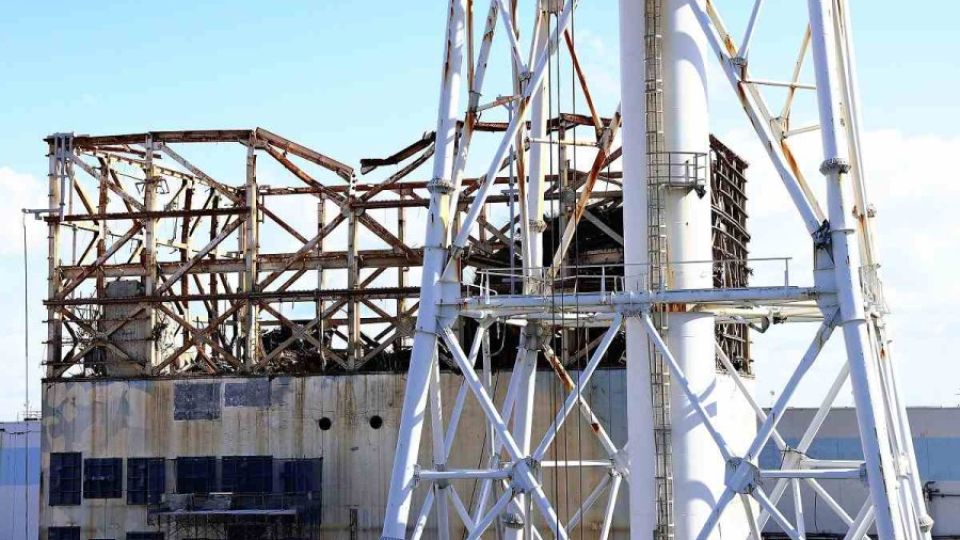May 8, 2023
TOKYO – Work to remove pipes used to vent radioactive steam following the March 11, 2001 disaster at the Fukushima No. 1 nuclear power plant in Fukushima Prefecture is more than a year behind schedule.
The Nuclear Regulation Authority (NRA) has expressed its dissatisfaction with the lack of on-site capability at the plant. The removal of the pipes is an essential part of the decommissioning process and further delays could affect the schedule for decommissioning the plant’s reactors.
The two standby gas treatment-system pipe ducts — located between reactor buildings Nos. 1 and 2 — have an outside diameter of 30 centimeters. One pipe is about 65 meters long while the other is about 70 meters long.
Following the 2011 accident, a process was carried out to reduce pressure in the containment vessel of reactor No. 1, allowing radioactive gas to pass through the ducts.
Tokyo Electric Power Company Holdings, Inc. plans to install a large cover that will seal the entire No. 1 reactor building to prevent radioactive materials from being dispersed when the spent fuel from the reactor’s spent fuel pool is moved to a safe location. However, the building cannot be covered if the pipes between the two reactors remain in place.
TEPCO had planned to start removing the pipes in October 2021 and complete the work in March 2022 using a remotely controlled device to carry out the cutting work due to high levels of radiation around the ducts.
However, it had to postpone the task after preliminary tests revealed a risk of partial damage to the equipment. The work began in March 2022 but was suspended when the pipes leaked higher levels of radioactive materials than had been expected.
Since then, TEPCO has repeatedly stopped and restarted the work due to a cutter becoming stuck in the pipes, among other reasons. As a result, only about 11 meters of piping has been removed so far.
In April, the company resumed work for the first time in about 10 months, but the modified cutting equipment was too large to approach the site.
TEPCO reported that it used models to confirm how the work would be carried out in advance, but said issues arose that did not reflect the on-site situation.
“The work [to remove the ducts] is a basic task,” said NRA Chairman Shinsuke Yamanaka at an April 25 press conference. “We’d like TEPCO to develop its on-site capability.”
Akira Ono, president of TEPCO’s Fukushima Daiichi Decontamination and Decommissioning Engineering Co. said there was insufficient communication among the multiple companies contracted to perform the removal work, and that TEPCO also failed to pay close attention to the situation. “We’d like to work closely [with the contractors] from now on,” he added.

